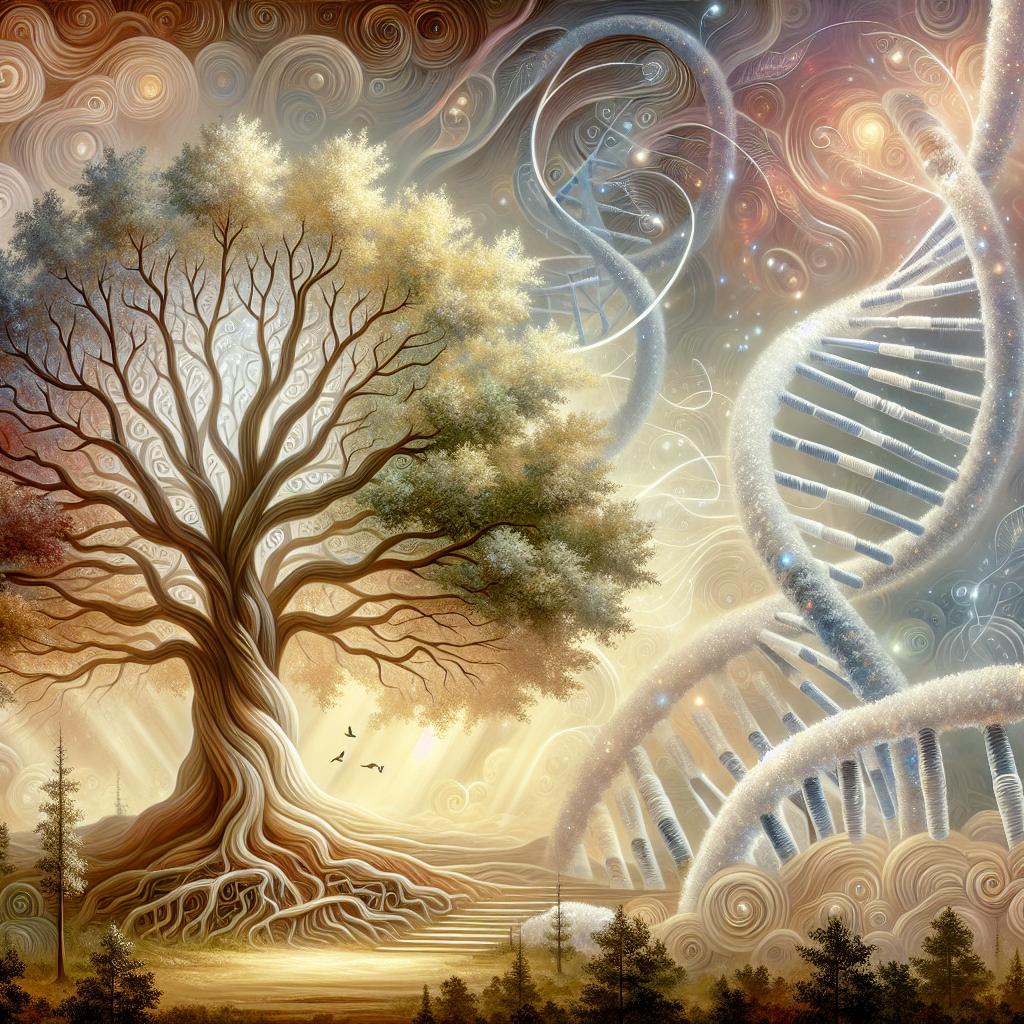
Posted on 11 July 2024
Is the Dog’s ‘Collar Bone’ Vestigial?
Dogs have a different shoulder design compared to humans, cats, and horses. Unlike humans, dogs do not have an obvious collar bone, or clavicle. Some evolutionists argue that the canine clavicle is rudimentary and vestigial, meaning it is a useless leftover from an …
Continue reading

Posted on 28 June 2024
Astonishing DNA Complexity Update
by Alex Williams
Introduction
Recent discoveries have revealed astonishing complexity in the DNA molecule, challenging previous notions about the non-coding regions of human DNA. Contrary to the belief that these regions are 'junk DNA' from our evolutionary past, it has been found that they are actively …
Continue reading

Posted on 28 June 2024
Do Any Vestigial Organs Exist in Humans?
Vestigial organs are organs that were once useful in an animal's evolutionary past but have now become useless or nearly useless. While there was once a list of 180 vestigial organs in humans, this number has been reduced to zero. However, it is …
Continue reading

Posted on 25 June 2024
Appendix: A Bacterial 'Safe House'
The appendix, often considered a vestigial organ, has been found to have an important function in maintaining good digestive bacteria populations. Recent research reveals that the appendix acts as a "safe house" for bacteria, protecting and nurturing beneficial germs for use in the intestines. This …
Continue reading

Posted on 20 June 2024
Vestigial Organs Revisited
The argument from 'vestigial organs' has been refuted many times by creationists, but some evolutionists still think it is a good argument against creation. In this article, we will address the claims made in an article that supports the vestigial argument for evolution. We will examine each …
Continue reading

Posted on 05 June 2024
Splicing and Dicing the Human Genome
Introduction
Humans are much more complex organisms compared to simpler creatures like sea anemones and jellyfish, despite having a similar number of protein coding genes. This complexity is not solely determined by gene content but also lies in the non-coding portions of the genome …
Continue reading

Posted on 31 May 2024
The Plantaris Muscle: A Closer Look
The plantaris muscle, located in the calf of the leg, has often been labeled as vestigial due to its small size and seemingly insignificant contribution compared to the larger muscles it is associated with. However, recent evidence challenges this assumption and suggests that the …
Continue reading

Posted on 25 May 2024
Potentially Decisive Evidence Against Pseudogene 'Shared Mistakes'
Recent discoveries have challenged the prevailing view that pseudogenes are non-functional remnants of protein-coding genes. This article aims to present evidence that undermines the idea that pseudogenes lack function and are simply undergoing mutational decay. It also questions the assumption that pseudogenes with …
Continue reading

Posted on 24 May 2024
Frontpage-Canada: Unveiling the Vestigial Structures Debate
Introduction
Welcome to Frontpage-Canada, where we explore the fascinating topic of vestigial structures from a young-earth creationist perspective. In this article, we will delve into the concept of vestigial structures, commonly presented as evidence for evolution, and examine how they can be understood …
Continue reading

Posted on 22 May 2024
Are Wisdom Teeth Vestiges of Human Evolution?
Wisdom teeth, also known as third molars, have long been considered vestiges of human evolution. The prevailing theory suggests that our ancestors had larger jaws, which provided enough room for 32 permanent teeth, including wisdom teeth. However, as humans evolved, their jaws became …
Continue reading

Posted on 21 May 2024
Human Tails and Fairy Tales
Human tails have been a topic of interest, with some people claiming they are evidence of human evolution. However, it is important to examine the facts and consider alternative explanations. Let's explore this topic further.
1. The Existence of Human Tails
There have been reports …
Continue reading










